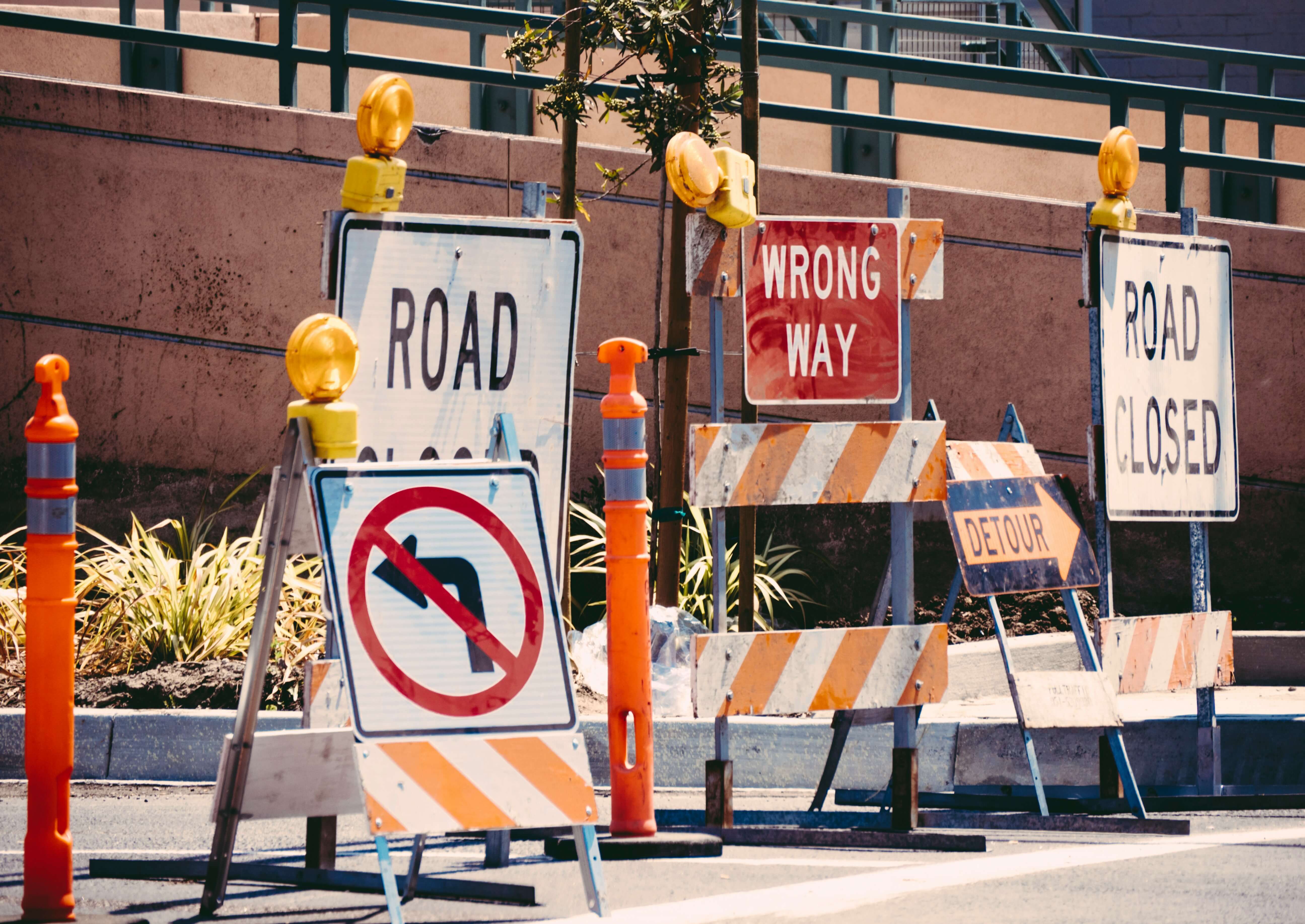Work zones are necessary to maintain and improve roads, but they also create unique and often dangerous driving conditions. Reduced speed limits, lane shifts, construction vehicles, and distracted drivers all contribute to a higher risk of accidents. Every year, thousands of crashes occur in work zones across the United States, leading to serious injuries and fatalities.
Understanding the risks and how to avoid them is critical for keeping drivers, passengers, and road workers safe — if you were a victim of a work zone auto accident, a car accident lawyer in St. Louis can guide you through every legal step in securing compensation for your injuries.
The Scope of the Problem
According to the Federal Highway Administration (FHWA), in 2022 there were over 800 fatalities and tens of thousands of injuries due to work zone traffic accidents. A majority of those killed are drivers and passengers, not construction workers, highlighting the widespread danger work zones pose to everyone on the road.
While many drivers associate work zones with delays or minor traffic adjustments, the reality is far more severe. In many cases, narrow lanes, poor visibility, unexpected stops, or aggressive driving behaviors can quickly turn a routine trip into a life-altering tragedy.
Common Causes of Work Zone Crashes
Work zone car accidents can result from a combination of driver error, environmental factors, and work zone conditions. Here are some of the most common causes:
- Speeding: Ignoring posted speed limits in construction zones is one of the leading causes of crashes. Reduced speed limits exist for a reason—often to protect drivers from hazards like uneven pavement or shifting lanes.
- Distracted Driving: Drivers who are texting, using a GPS, eating, or adjusting the radio are more likely to miss signs, flaggers, or stopped vehicles.
- Driver Confusion: Sudden lane changes, unclear signage, and unfamiliar detours can all confuse drivers and lead to errors in judgment.
- Tailgating: Following too closely in stop-and-go traffic or when lanes merge can lead to rear-end collisions.
- Impaired Driving: Alcohol and drug use impair reaction times and decision-making, making dangerous work zone conditions even riskier.
Who Is at Risk?
While construction workers are at obvious risk due to their proximity to moving vehicles and heavy equipment, drivers and passengers account for about 85% of work zone fatalities. Motorcyclists, pedestrians, and bicyclists may also be affected, particularly in urban or suburban zones.
Work zones often appear without much warning, especially at night or in poor weather conditions. If a driver is not paying attention or is unfamiliar with the area, their risk of crashing increases significantly.
Legal Consequences
Many states impose heavier penalties for traffic violations in work zones, such as higher fines for speeding or reckless driving. In some states, penalties can double if violations occur in marked work zones—even if workers are not present.
If a driver causes an accident in a work zone, they may be held liable for damages to other vehicles, injuries, or even wrongful death. In more serious cases involving impaired or reckless driving, criminal charges may also be filed.
On the other hand, not all accidents in work zones are the driver’s fault. Sometimes, poor planning, lack of signage, or dangerous road conditions contribute to crashes. In those cases, the construction company or government agency responsible for the site may be held liable.
Tips for Preventing Work Zone Accidents
Work zone safety is a shared responsibility between drivers, workers, and traffic planners. Here are a few tips for staying safe:
- Slow Down: Always obey posted speed limits in construction zones, even if you don’t see workers present.
- Stay Alert: Avoid distractions like cell phones, eating, or adjusting the radio.
- Merge Early: Don’t wait until the last second to merge when lanes narrow. Early merging keeps traffic flowing and reduces the risk of side-swipes.
- Keep a Safe Following Distance: Give extra space between you and the car ahead, especially in areas with sudden stops or reduced lanes.
- Watch for Workers and Equipment: Keep an eye out for people on foot or large machinery entering or exiting the work zone.
- Obey Flaggers and Signs: Treat flaggers like stoplights—follow their signals and be prepared to stop at any time.
What to Do After a Work Zone Accident
If you’re involved in a crash in a construction zone, your first priority should be safety. Move your vehicle to a safe location if possible, call 911, and exchange information with other parties. Document the scene with photos, especially if you believe unsafe road conditions contributed to the crash.
If injuries are involved, seek medical attention immediately. You should also consider consulting a personal injury attorney—particularly if the crash involved commercial vehicles, poor signage, or questions about liability.
Be Alert, and Slow Down
Work zone car accidents are a serious and growing problem, but many are preventable. By slowing down, staying alert, and respecting construction areas, drivers can help protect themselves and others from unnecessary harm. Likewise, better planning and clearer signage by road authorities can make work zones safer for everyone.
Whether you’re commuting through city streets or traveling on the highway, remember: those cones and barriers aren’t just obstacles—they’re lifelines for workers and drivers alike.


Recent Comments